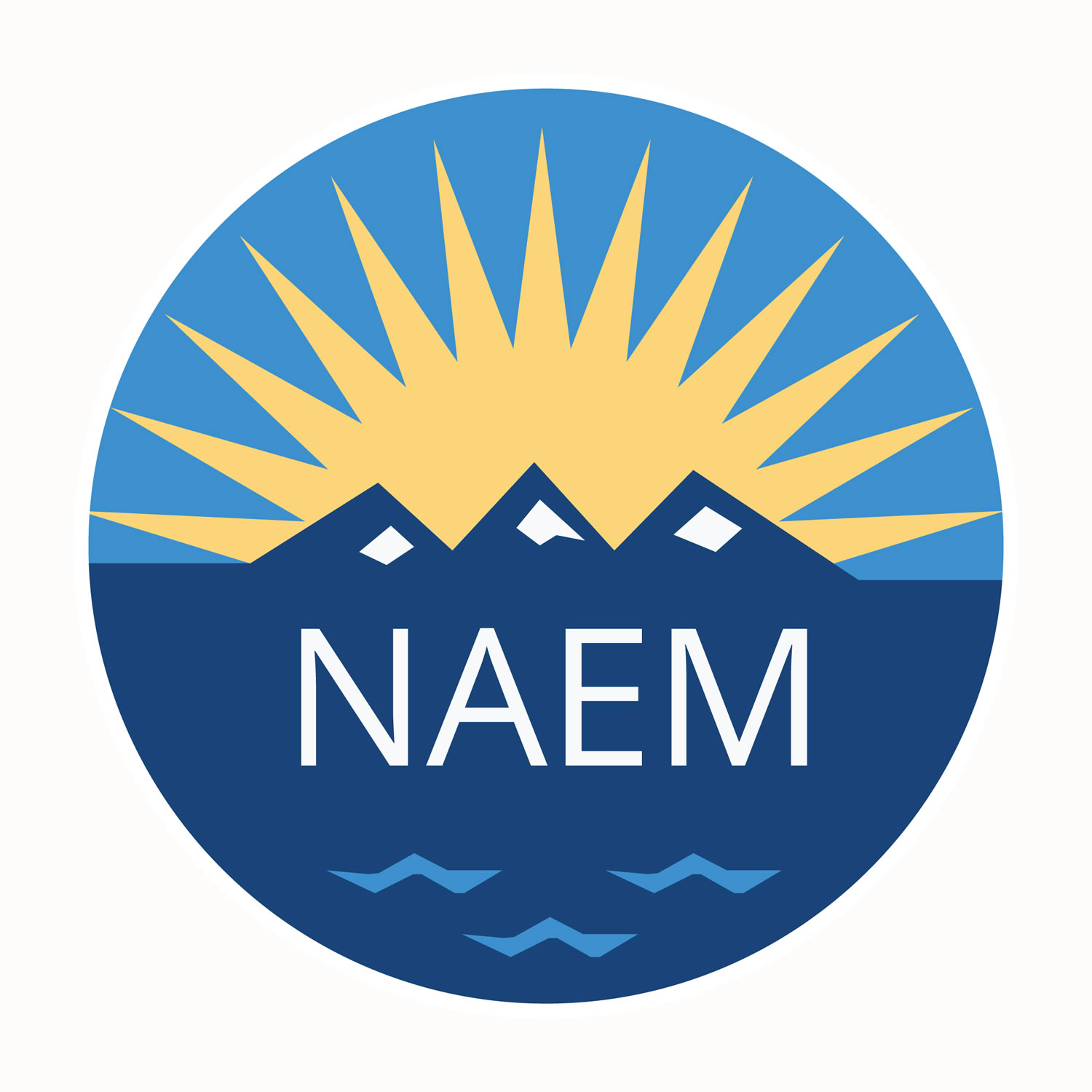The Method Behind the NASDQ CRD Index

What does a company's environmental, social and governance (ESG) metrics say about its future performance? A lot, according to CRD Analytics' Michael Muyot. Creator of the NASDQ CRD Index, Muyot says the group of 1200 companies it tracks outperforms the norm. We caught up with him last week to learn more about the origins and methodology behind the index.
GT: How did you start analyzing companies based on their sustainability performance?
MM: Working with business leaders and investment managers around the world, I could see a definite need to develop performance metrics. We read through over 1000 CSR reports and found that only 93 had disclosed quantifiable environmental and social data based on GRI’s G2 Core Guidelines.
GT: How did you select the metrics you used?
MM: When you look closely at all of the data that’s out there, very little is comparable across all sectors, industries and regions. We did years of research and analysis to identify exactly which metrics the leaders were reporting. We also did a lot of statistical analysis to see which metrics had the best correlations with financial performance. The GRI G3 Core guidelines were very helpful in identifying these leaders and outperformers.
GT: How did you come up with the NASDAQ CRD Global Sustainability Index (QCRD)?
MM: At CRD Analytics, we evaluate corporations through the lens of 200 quantitative and qualitative financial and non-financial performance metrics to give investors a truly holistic view of where companies fall within their industries. We focus on a range of key performance indicators, from carbon footprint, energy usage, water consumption, hazardous and non-hazardous waste, employee safety, workforce diversity, management composition and other leading indicators of sustainable performance.
The index is comprised of the 1200 global companies that currently meet our minimum requirement for ESG disclosure. We analyze them using 25 fundamental financial metrics along with 175 non-financial, ESG performance based metrics. We don’t do any negative screening; only companies can exclude themselves by not publicly disclosing their ESG performance information.
The QCRD Index is being licensed by Investment Managers like HIP Investor to create Managed Accounts; the outperformance is attracting more interest and as the Assets Under Management grows companies that are in the index will a see a direct benefit to their stock price. This brings both the carrot and the stick.
GT: How do you account for “greenwashing”?
MM: The only way companies can get into our index is by disclosing their ESG performance data publicly and correctly. We have been able to clearly identify the sustainability champions, leaders, intermediate adopters and laggards. There are 45,000 public companies so with only 1200 report correctly we’re just scratching the surface…
It’s about basic business fundamentals. When C-level executives were asked why they are taking the lead on sustainability-driven management they responded with 1) brand reputation value, 2) competitive advantage, 3) increased profits and 4) increased market share 5) greater potential for product innovation.
GT: What can we learn from watching your index?
MM: These are the leaders in their respective industries; they're doing all the right things and benefiting from it in a holistic way. The intermediate adopters and laggards can learn a lot from them. The champions and leaders tend to be in the high tech and computing; healthcare and medical; finance and banking. This group makes up 56 percent of the overall portfolio weight. We’ve seen a top-down mandate from the board room to the mail room. A company needs to get buy-in from the people with their feet on the street to integrate sustainability
GT: What does the future hold with regard to sustainability reporting?
MM: I think if you were to fast forwarded ahead 20 years, all public companies will be required to report their sustainability performance, especially any and all material non-financial risk and opportunities. One effective approach might be to integrate the sustainability report with the annual report. Personally, I think the sustainability report will one day go away because the only way investors will take this seriously is if it’s included in a company’s financial statements and 10-Ks which have been audited by an external third party.
Michael Muyot is President and Founder of CRD Analytics, where he oversees the development of the SmartViewTM 360 Platform, the tool that powers both the NASDAQ CRD Global Sustainability Index (QCRD) and the Global 1000 Sustainable Performance Leaders on Justmeans. He will be speaking about the future of sustainability metrics at NAEM's "Measuring Corporate Sustainability"conference on May 4.
Topics:
Metrics & Reporting Sustainability
About the Author

NAEM Staff
The National Association for Environmental, Health and Safety, and Sustainability (EHS&S) Management (NAEM) empowers corporate leaders to advance environmental stewardship, create safe and healthy workplaces and promote global sustainability. As the
leading business community for EHS&S decision-makers, we provide engaging forums, a curated network, peer benchmarking, research insights and tools for solving today’s corporate EHS&S management challenges. Visit us online at naem.org.

